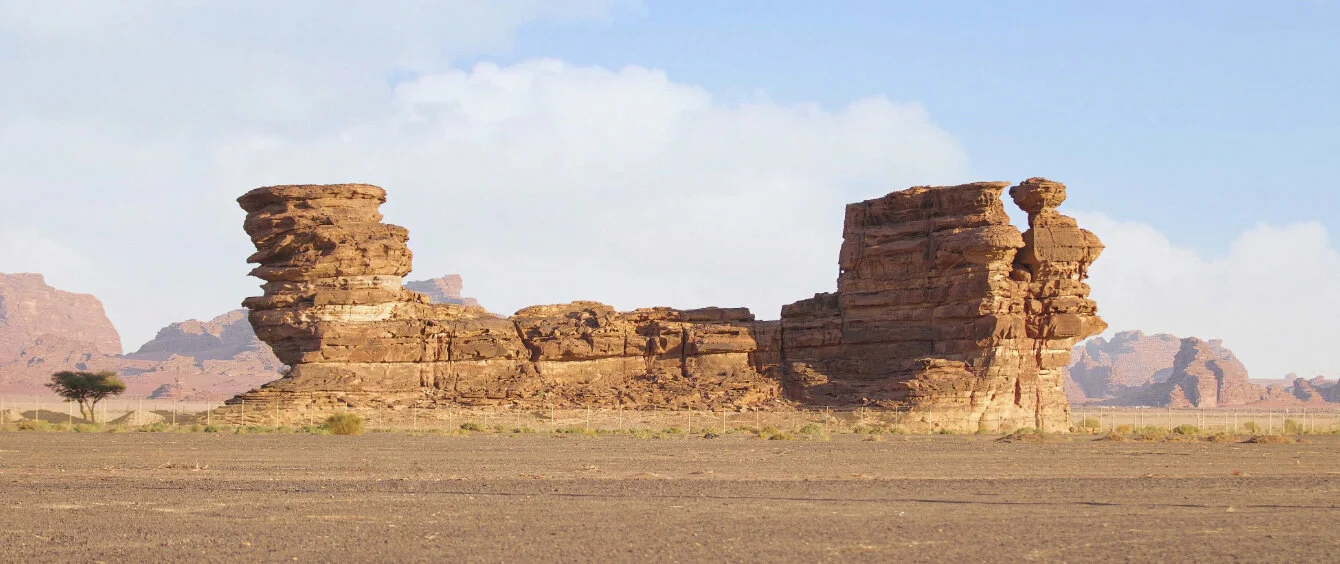Full connection to the grid of Saudi Arabia’s first wind farm at the end of last year marks a turning point in the country’s ambition to build 27.3 GW of renewable energy capacity by 2024 and 58.7 GW by 2030.
This is a herculean task by any standard. At the end of 2020, Saudi Arabia had just 412 MW of renewables, 409 MW of which was solar, to which the Dumar al-Jandal wind farm has now added 400 MW.
However, super low prices for solar power and onshore wind suggest renewable energy will pay big dividends both for the country’s emissions profile and domestic economy.
Oil dependence
Saudi Arabia is better known as a giant of the oil world, second only to the United States in terms of production. Its role as the largest oil exporter means it has and continues to play a central role in providing the liquid fuel that keeps the world on the move.
However, oil’s future is changing. In the first half of 2021, 2.65 million electric vehicles (EV) were sold, up 168% on the same period in 2020, indicating a strong recovery from the height of the Covid-19 pandemic. Elsewhere, in shipping and aviation, the race is on to find sustainable alternatives to oil.
Forecasts by the International Energy Agency and major oil companies suggest global oil demand will peak sometime after 2030.
As a result, Saudi Arabia can no longer count on oil revenues as the foundation of its economy long term. Instead, renewable energy is set to play a lead role in the kingdom’s adaption to a rapidly changing global energy landscape.
Gas switch
Every country starts the energy transition from a different point. Just as countries with abundant coal resources, such as Germany, China or the United States, built coal-fired generation, Saudi Arabia turned to its ready availability of oil as a power source.
However, it has steadily reduced oil use in electricity generation by displacing it with natural gas. Gas-fired generation has doubled in the last decade to over 200 TWh in 2020, while oil-fired generation has fallen 28% from a peak of 183.7 TWh in 2015 to 132.8 TWh in 2020.
Oil-to-gas switching, in a context of rapidly rising domestic energy demand, has been the primary driver of reduced carbon dioxide emissions in the country since 2016. According to BP data, carbon dioxide emissions from fossil fuel combustion in Saudi Arabia fell 5.7% between 2016 and 2020.
However, the expansion of renewable energy technologies such as wind, solar PV and Concentrated Solar Power now offer sustainable energy generation in addition to natural gas.
Water insecurity
There is little question that Saudi Arabia needs more power generation capacity, although the rate of electricity demand growth is expected to decelerate over the next decade. According to modelling by the King Abdullah Petroleum Studies and Research Centre, electricity demand is forecast to grow at 1.6% a year on average from 2019 to 2030, after rising by 5.3%/yr between 2009 and 2018.
In the Middle East, rising energy demand is closely related to water and food security. Saudi Arabia has no hydropower as a starting point for renewable energy production. Moreover, its need for potable water, for human, industrial and agricultural consumption, creates a huge source of energy demand which few other countries face.
Desalination plants are electricity hungry and, of the top ten largest plants worldwide, all are in the Middle East and four are in Saudi Arabia, including the largest Ras Al Khair. The Kingdom’s Rabigh 3 plant, which saw construction contracts awarded last year, is also a giant and will join the top ten list on completion.
Low-cost renewables
Renewable energy development is seen as a primary means of both economic and energy supply diversification, one which can provide a more sustainable future. Accordingly, from a near standing start, Saudi Arabia has embarked on meeting its ambitious goals.
The Dumat al-Jandal wind farm and a 300 MW solar PV farm, completed in 2019, were both awarded in the first round of the country’s National Renewable Energy Programme (NREP).
Following this, a contract was awarded last year to domestic energy company ACWA Power for the 1.5 GW Sudair PV project, the country’s largest to date. In addition, under the second round of the NREP, a further seven solar PV awards were made with capacity totalling 1.47 GW.
These deals saw world beating low bids. ACWA Power, for example, bid $12.4/MWh for Sudair and then just over $10/MWh for the 600 MW Al-Fasiliyah project. The shortlist of bidders for the third NREP round were announced in October and included 1.2 GW of solar PV projects spread across four projects. The lowest bid, for the 700 MW Ar Rass plant, was about $15/MWh. Moreover, wind has also returned low prices for the Kingdom; at financial close the Dumat al-Jandal wind farm was priced at just $19.9/MWh.
Massive potential
With sunny conditions and a huge, sparsely-populated land area, Saudi Arabia has barely scratched the surface of its solar power potential, but its opportunities for wind are also substantial. With its complementary generation profile, wind power will bolster the country’s solar expansion.
Average wind speeds across most of the kingdom are between 6.0-8.0 m/s, with higher wind speeds evident in the northeast, the centre, near the mountainous western regions and on the Arabian Gulf and Red Sea coastlines.
The country’s target for wind energy is 10 GW by 2025 and its technical potential for onshore wind has been estimated at over 200 GW in seven regions, providing mean wind speeds at 100 metres of 6.7-7.9 m/s, according to the Global Wind Energy Council.
Saudi Arabia’s offshore wind potential is also significant, offering up to 28 GW of conventional fixed-bottom installations and 78 GW of floating offshore wind capacity.
With its first wind farm online, Saudi Arabia has set off on what could prove a decade of transformation.
